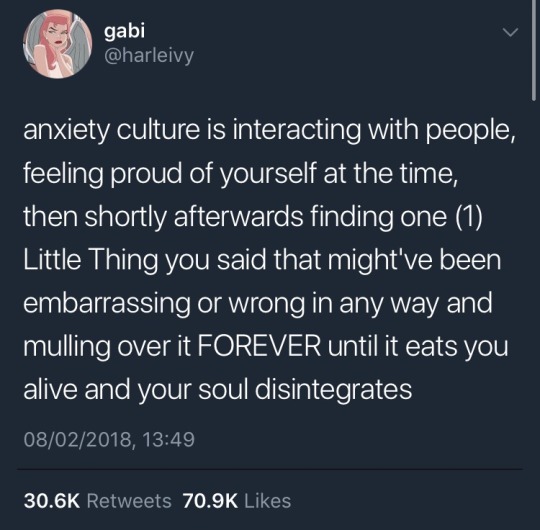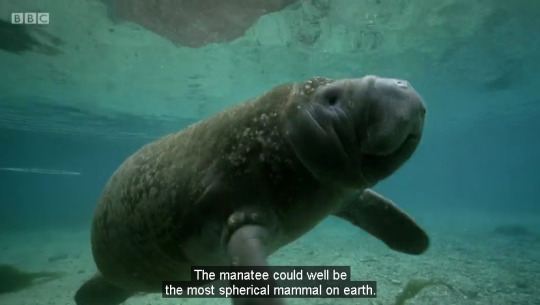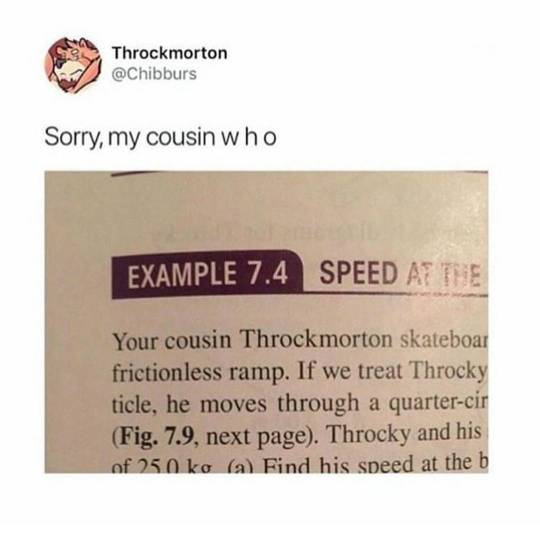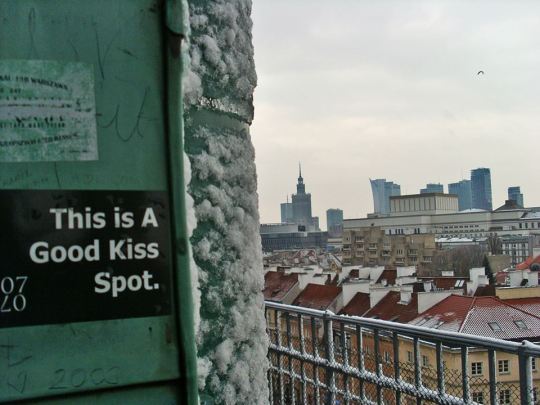Don't wanna be here? Send us removal request.
Photo

Your Dad’s 2019 budget cut spending the Substance Abuse and Mental Health Administration by $665 million, and slashed funding for the National Institute of Mental Health by 30%–a half a billion dollar decrease.
Nice words though.
~ @RVAwonk
124 notes
·
View notes
Text
do u ever remember all the horrible offensve things u said when u were like 15 and u literally feel ur soul detach and turn 2 dust
690K notes
·
View notes
Text
a portrait of the neighborhood as the interaction of people

[Aerial view of a D.C. neighborhood]
Anthropologist Brett Williams wrote what is now my favorite book about urban neighborhoods, Upscaling Downtown: Stalled Gentrification in Washington, D.C (1988). I tweeted as I finished it that the book deserved to be as widely read as The Death and Life of the Great American City, and I mean it. The title doesn’t come close to conveying the richness and human texture of her book.
Drawing on countless interviews and participant observations of residents, Williams create a vivid portrait of one D.C. neighborhood in the 1980s – she uses the pseudonym “Elm Valley” for the neighborhood – undergoing a transition from a largely black, old-timer population with family ties to the Carolinas, to a mixed demographic that includes new immigrants (Latino and Asian) and white collar professional homeowners. She slips us into these layered and often conflicting worldviews, showing us:
how people attach different meanings to objects such as gardens, houses, sidewalks, stores, and streets - objects that anchor their everyday lives. These meanings are many layered. They are often distorted by national cultural processes, which offer us houses as homes; quaint, safe tourist tracts as communities; commoditized versions of ourselves as inauthentic or traditional, yuppie or ethnic. We may engage these confusing, shifting, weightless meanings with our neighbors or, as in Elm Valley, disagree desperately about them.
Old-timer tenants see the newly arrived professionals as ignorant of the existing relationships and conversations on the street, but the criticisms are fairly tame, say for example, pointing out differences in weekend dress codes. “You see white people out in their wrinkled old clothes. Black people are all dressed up; they have their new hats on and everything.” In fact, some tenants welcome their white neighbors, not because of their sometimes irritating cultural differences, but because the white homeowners also bring an infusion of resources and “demand and receive decent city services.”
But this goodwill is largely unreciprocated. The feelings of the homeowners “seem to vary from indifference to tolerance or compassion to vague unease or active dislike.” Unlike old-timers, the new owners cannot bridge any gaps in understanding by relying on “neighborhood memories” or specific detailed knowledge (the racist who runs the corner bar is also a dedicated friend to an old gay man and a benefactor to a beloved local with disabilities).
Williams illustrates this physical and perspective gap through a description of one block, lined on one side by historic townhouses recently purchased and renovated by professionals and a large apartment complex inhabited by mostly low-income families on the other side.
Renters and owners do not enter one another’s homes, but looking across the street allows them glimpses of each other’s lives. When owners look at the dwellings of tenants, they see an impersonal shared facade with no options for outdoor tasks beyond fixing and washing cars. [One of the homeowners] complains that the apartment buildings blocks the sun. Some comment on what they consider to be an astonishing parade of foot traffic and a great deal of hauling. Rather than owning cars, most tenants depend on the multipurpose pull-along wire cart that is a centerpiece of low-income urban life. (p 57)

Renters see owners engaged in optional, honorable tasks such as carpentry, painting, and gardening. They do not haul laundry away from home or dispose of trash in front of their houses. Their tinkering and renovation ironically mirror the deterioration of the Manor [William’s pseudonym for the apartment building]. In addition, most of tenants’ domestic duties are defensive, aimed at fighting back filth in their overcrowded apartments… Such intensive use means cleaning the small space every day to reap the largely negative rewards of fewer roaches and mice. The more optional and expensive puttering tasks that renters observe across the street cast these circumstances into sharp relief.

These same tasks also signal to tenants the owners’ control over the facades of their houses. Tenants feel strongly their own lack of such control. For example, they are not allowed to use the grass in front of their building to play games or mind children. If they do, the resident manager may emerge with a shrill public reprimand. (p 58)
…
“When you have your own house, you have privacy and say-so.” [The renter] had been struck particularly by an experience of circulating petitions seeking permission to close the block for a street festival. Whereas each owner had to sign the petition, the resident manager’s signature sufficed for the several hundred residents of the Manor.
She shows the mechanisms, relational and physical, by which people living in the same neighborhood do or do not become neighbors. In one block, the shared back alley, despite being almost entirely paved over for parking, is a site of neighborly camaraderie as well as friction. New residents, whether renters or homeowners, enter an existing field of action and assumptions. Drivers are expected to slow down considerably to navigate around kids playing. Barking dogs may be annoying but accepted by some, and engender fury in others.
Williams, much like Jane Jacobs did, offers a nuanced and poetic portrait of a neighborhood, but without eliding some of the very real tensions and conflicts that arise. Who gets to define a neighborhood? How do people claim belonging?
Real people are so much more complex than we would like to believe that a passion for detail and texture may be the only comfortable and useful way to live in a varied neighborhood. When we believe in and look for texture we hedge our bets, because simple clichés do not work
…
The book is about our battle with cliches. Through the ways people try to build meaningful lives, we can see both the profoundly alienating social forces we all must confront in modern America and also the ways we try to anchor ourselves in worlds of our own making. I argue that those who insist on vivid, detailed, interwoven, textured worlds build the most satisfying urban communities.
89 notes
·
View notes
Photo

“White Supremacy is Terrorism” Artist: Ashley Lukashevsky (https://www.instagram.com/ashlukadraws/?hl=en)
184 notes
·
View notes
Photo

“Smashing the Patriarchy Is Self Care” Artist: N.O. Bonzo
58 notes
·
View notes
Photo

If wealthy, highly visible women in news and entertainment are sexually harassed, assaulted and raped–what do we think is happening to women in retail, food service and domestic work? ~ @CharleneCac
2K notes
·
View notes
Photo




for anyone that’s having a bad day, here are pictures of animals sniffing flowers
376K notes
·
View notes
Text
Y'all think being in a goth relationship means wearing white makeup together but Mary Shelley lost her virginity on her mother’s grave so maybe step it up.
246K notes
·
View notes
Text
7 Key Insights on Self Love
1. I need to affirm and to validate myself as it’s hard to accept validation from others if, deep down inside, I don’t believe it’s true.
2. My time is valuable as anybody else’s so I need to prioritise what I need to do.
3. I can’t give to others, and help to build them up, if I’m not taking care of my own self first.
4. I need to remember that I’m worthy of love, of success, opportunities, and knowing happiness.
5. My opinions are as valuable as anybody else’s. It’s up to me to decide and to choose my own beliefs.
6. I don’t have to explain why I do what I do (unless you’re the police or have some authority!)
7. My past does not define me - I’m free to change and grow, to try on different “me”s, and to set inspiring goals.
2K notes
·
View notes








